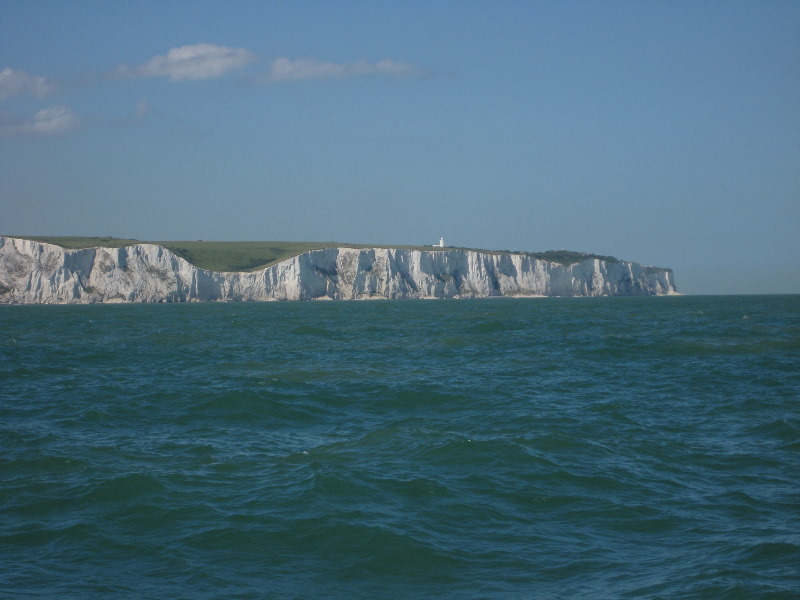
This year we planned to dive near Helgoland (Heligoland). Helgoland has a incredible number of shipwrecks and is a paradise for the diver. Unfortunately this year we did not dive Helgoland due to extreme wind force.
Due to the whether conditions we had no choice then going SouthWest. We decided to go to England. Dover was the destination for 2008. When we left the Netherlands we were forced to make a stop in Belgium and stayed in Oostende. In Oostende we had a very nice time since the Belgians are the godfathers of beer.. Finally we arrived in Dover harbor and enjoyed the stay there. Again bad whether forced us to visit other things than wrecks. We were surprised about the Dover Castle and its incredible history. Dover was the operational center for Operation Dynamo in WWII.
In the photo gallery you will find our trip from the Netherlands to Oostende, Belgium and finally arriving in Dover, England. We dived with 11 divers and were guests on Martin Bakker’s boat the MS Dolfijn. A fine former patrol boat from the Dutch coastguard. The ship is equipped with all possible systems and has continuous flow blending for nitrox and trimix. Here is the crew:
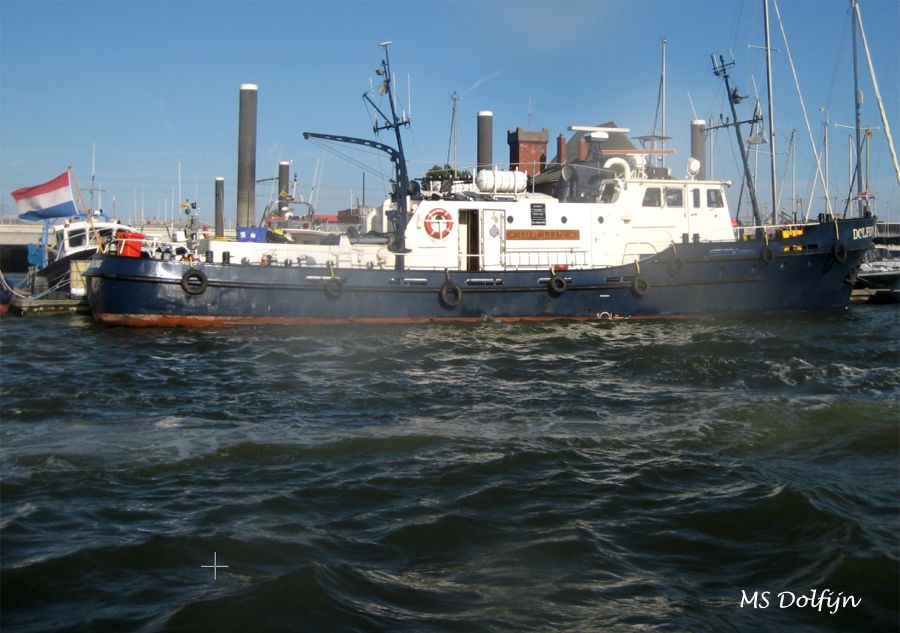
During our stay in Dover we had the opportunity to dive 3 great wrecks. The first was the Steam Ship and oceanliner Pomerania, an ocean liner that sunk in 1878. The second wreck we dived was the UB55, a world war 1 U-boot. Finally we dived the Hospitalship Anglia sunk in 1915
Pomerania
Hamburg-Amerika Linie; 1873; J. Caird & Co.; 3,382 tons; 360 -2x40x26; 600 n.h.p.; 14 knots; compound engines. The liner Pomerania, Capt. Schwensen, left New York on November 14th, 1878, for Hamburg with a large number of passengers and the U.S. mails. Early on the morning of Monday, the 25th, she called at Plymouth and landed passengers and mails for England, together with some 7,500 dollars in specie, leaving for Cherbourg with 109 passengers and 111 crew. At about midnight when off Dover, and proceeding at a speed of 14 knots, she was struck on the starboard side, nearly amidships, by the iron barque, Moel Eilian, 1,100 tons, Capt. Pritchard. Of the nine boats carried on the liner four were smashed in the collision. The remaining five were got away, but one was overcrowded and capsized, drowning many of its occupants. Distress signals were sent up and in response the s.s. Glengarry, Capt. Hogg, came to the rescue and picked up a number of survivors. The Pomerania remained afloat for some 20 minutes after the collision and during that time many passengers went below with the object of securing their valuables, and lost their lives when the vessel suddenly sank. The number drowned was 48. Capt. Schwensen was carried down with the ship, but coming to the surface was later picked up by the City of Amsterdam and taken to Maasluis. The Moel Eilian was in such a state as to prevent her from rendering aid, and much damaged she reached Dover. The German government was prompt to recognise the aid of the Glengarry, and £150 was sent to the Board of Trade representative at Leith to be awarded to the crew as soon as the vessel reached that port. Capt. Hogg was presented with £100, and £50 was distributed among the crew.
Source: http://www.photoship.co.uk/Disaster%20Chest/558.pdf
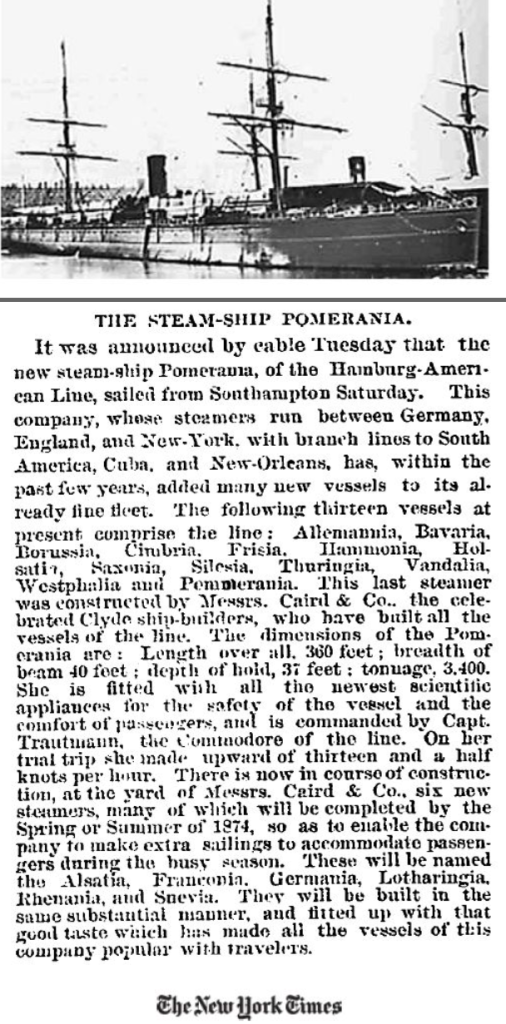
UB 55
The WW1 German attack Submarine UB55 was a very successful Sub with a very successful and lucky Captain in Klt Ralph Wenninger. He had previously commanded 2 other successful Subs UB17 and UC17. In UB55 he had commanded 5 patrols in the Channel and Bay of Biscay sinking 25 ships including a selection of 3 very big (Over 3,000 Ton) ships. His biggest prize was the 8,232 Ton Chattahoochie, which despite being in the centre of a very well escorted convoy, he sank during a 2 hour attack after hitting her with 3 torpedoes.
UB55 sailed on its last patrol on 21 April 1918 and had a crew of 28 plus 7 trainees. However while trying to negotiate the Dover Barrage the Sub encountered a group of Trawlers and Drifters and while attempting to avoid them by diving they got caught in the mined net and had a mine detonate against her stern. She settled on the seabed and started to fill with water.
2 of the crew shot themselves, however once the pressure equalised as the water rose 2 of the hatches were opened and 18 of the crew escaped. Some died of air embolisms and the others drifted down the channel with more dying of exposure. 2 hours later 5 or 6 were pulled alive from the sea including the lucky Captain.
Source: Cantenburydivers.org.uk
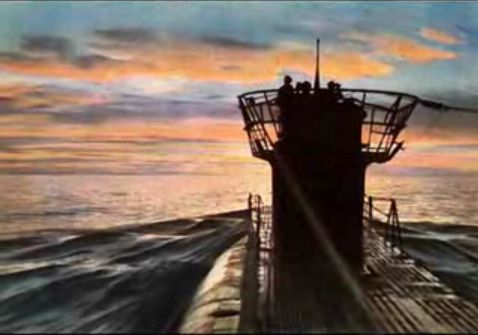
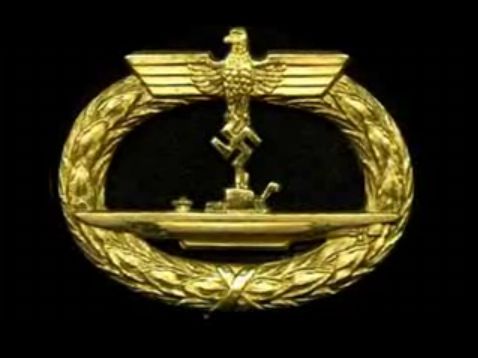
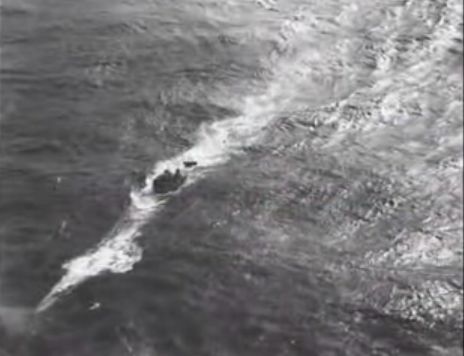
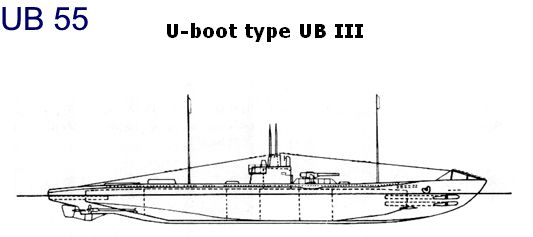
Hospitalship SS Anglia
Built in Dumbarton by W. Denny & Brothers for the London & North-Western Railway Co. in 1900, the Anglia was 1862 tons with a 424hp triple expansion engine and 2 props, giving her a top speed of 21 knots. She measured 329ft x 39ft x 16ft.
She was taken over as an auxiliary hospital ship in WW1 and as she was crossing the Channel from France on November 17, 1915, with a large number of victims of trench warfare on their way home, she struck a mine (laid by UC-5) and sank one mile east of Folk stone Gate. The steamship struck the mine on the port side, forward of the bridge, the violence of the explosion blowing the Master, Capt Manning, from his position on the bridge to the deck below. Fortunately he was not seriously injured and at once ordered the lifeboats to be swung out, the first of which got away safely with about 50 survivors. The ship initially sank bow first with her propellers spinning as the stern rose above the water before righting herself after this the ship took a heavy list and sank within ten minutes. The total number of wounded on board was 13 officers and 372 other ranks, in addition were the usual medical staff and ship’s company. Most of the seriously wounded soldiers were located near where the mine exploded and none survived, in total 129 soldiers and crew were lost. The disaster occurred at about 12:30pm and was seen from the collier Lusitania (voyaging from London to Lisbon), which steamed to the Anglia’s assistance and lowered two boats. These had set off when the Lusitania herself struck a mine (again laid by UC-5) and began to sink, Lusitania’s boats quickly returned and took off the remainder of her company, with no loss of life.
Diving: The ship was wire swept in 1961 and has unusual vented portholes. Note that she is a war grave and should not be interfered with or have items removed. Today the wreck lies in around 30m water on a sandy seabed and although much broken is still an interesting dive; but must be treated with respect.
Source: Cantenburydivers.org.uk
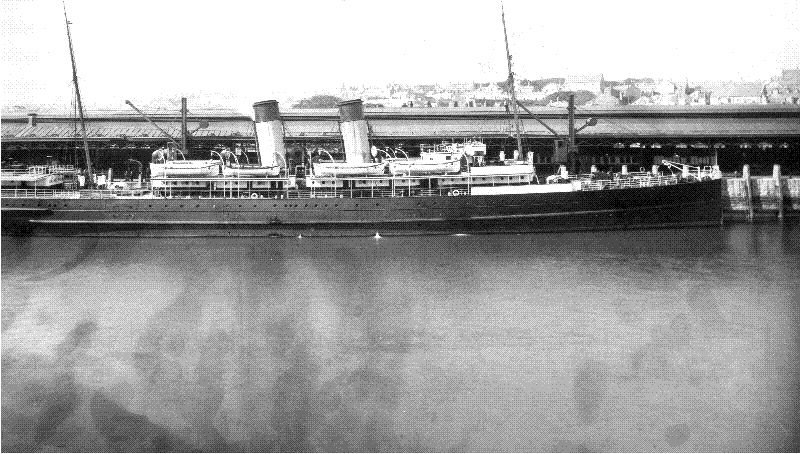
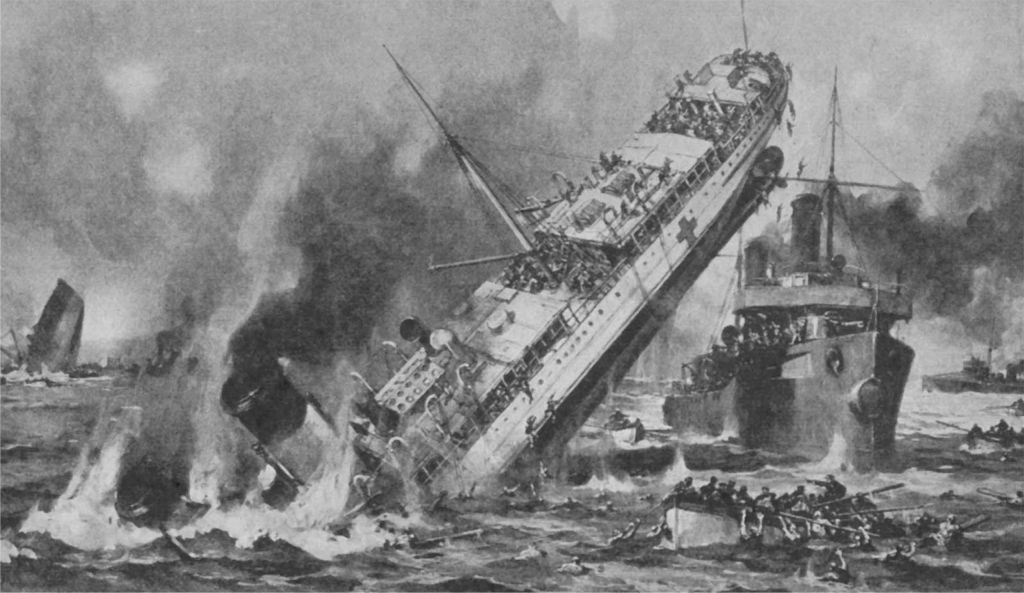
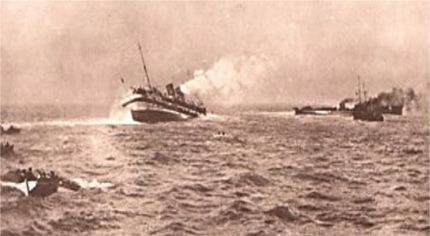
I would like to thank everyone who contributed to this fantastic trip. Martin, thank you for your hospitality and for letting us use your fantastic ship! The photos of this trip were made by Tino and Rita, Hans and Annemarie and Jan Willem. Where possible I have given credit to photos or material. If you have a claim on photos and credits missing please let me know.

Therebreathersite was founded by Jan Willem Bech in 1999. After a diving career of many years, he decided to start technical diving in 1999. He immediately noticed that at that time there was almost no website that contained the history of closed breathing systems. The start for the website led to a huge collection that offered about 1,300 pages of information until 2019. In 2019, a fresh start was made with the website now freely available online for everyone. Therebreathersite is a source of information for divers, researchers, technicians and students. I hope you enjoy browsing the content!






































































































































































































































































































































































































